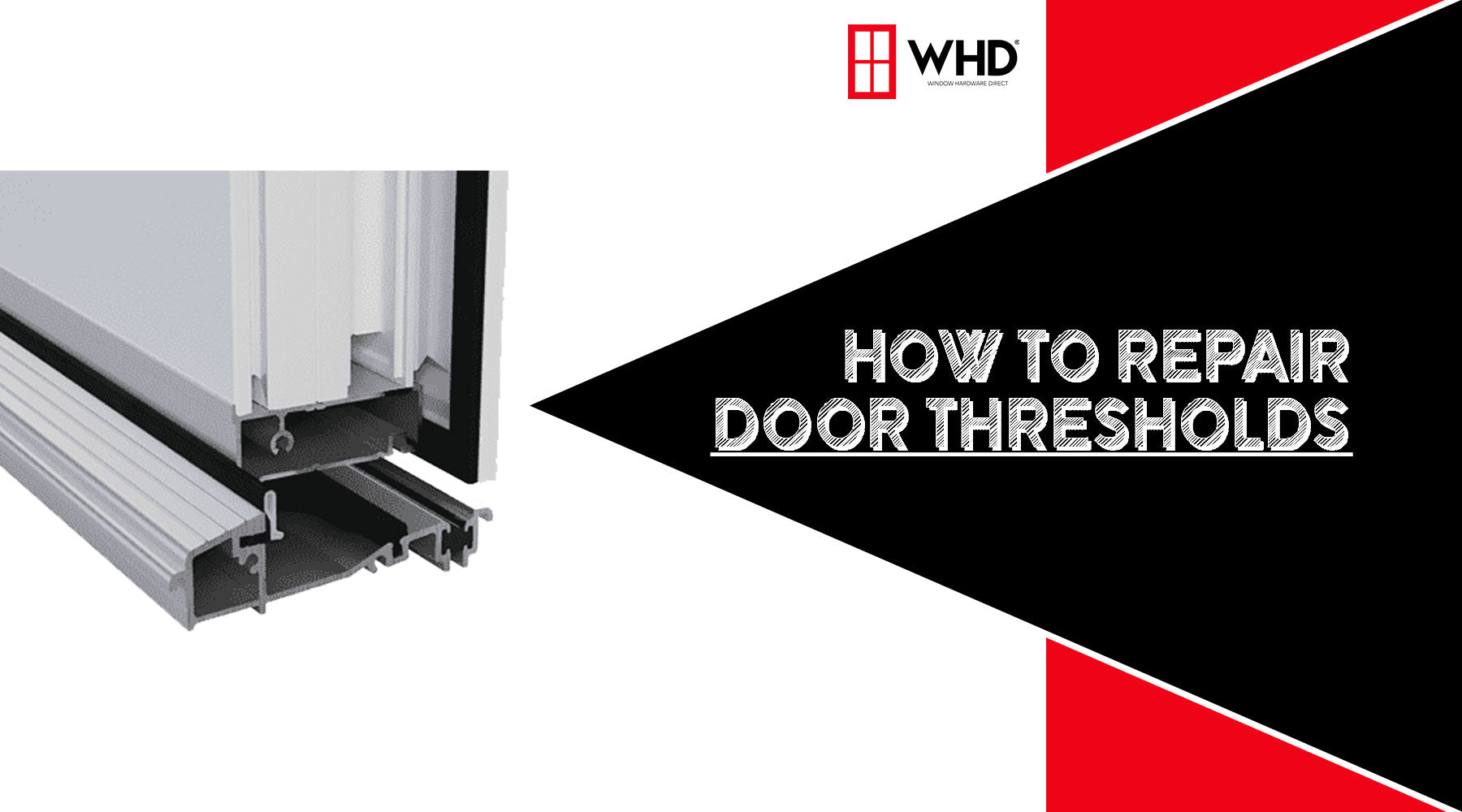
Restoring Functionality: A Comprehensive Guide to Door Threshold Repair
Door thresholds play a crucial role in maintaining the integrity and efficiency of a doorway. However, over time, they can succumb to wear and tear as other door hardware does, resulting in issues such as drafts, water leaks, and difficulty in opening and closing doors. Fortunately, repairing a damaged door threshold is a manageable task that can be accomplished with the right tools and techniques. In this guide, we'll delve into the process of door threshold repair, offering practical steps to restore functionality and enhance the longevity of your doors.

Understanding Door Thresholds
Before embarking on the repair process, it's essential to understand the anatomy and function of door thresholds. A threshold is the piece of material that sits beneath the door, spanning the bottom gap between the door and the floor. Its primary purpose is to provide a seal against drafts, moisture, insects, and noise, while also offering a smooth transition between different types of flooring materials.

Common Issues with Door Thresholds
Over time, door thresholds can experience various forms of damage and deterioration. Some of the most common issues include:
Wear and Tear:
Continuous foot traffic can cause the threshold material to wear down, resulting in cracks, chips, or warping.

Water Damage:
Exposure to moisture, particularly in exterior doorways, can lead to rotting or rusting of the threshold material.

Misalignment:
Improper installation or shifting of the door frame can cause the threshold to become misaligned, resulting in gaps and drafts.

Pest Infestation:
Gaps or cracks in the threshold can provide entry points for insects and rodents, leading to infestation issues.

Tools and Materials Needed
Before beginning the repair process, gather the following tools and materials:
- Pry bar or screwdriver
- Hammer
- Utility knife
- Measuring tape
- Replacement threshold material (wood, aluminum, or composite)
- Sealant (silicone or caulk)
- Screws or nails
- Sandpaper
Repair Process
Follow these steps to repair a damaged door threshold effectively:
-
Assessment:
Start by examining the extent of the damage to determine whether repair or replacement is necessary. Look for signs of wear, water damage, or misalignment.

-
Removal:
If the threshold is severely damaged, use a pry bar or screwdriver to carefully remove the old threshold. Be cautious not to damage the surrounding door frame or flooring.

-
Cleaning:
Thoroughly clean the area where the threshold was located, removing any debris, dirt, or old sealant. This will ensure proper adhesion for the new threshold.

-
Measurement:
Measure the dimensions of the doorway to determine the size of the replacement threshold. Use a utility knife to trim the new threshold material to the correct size if needed.

-
Installation:
Position the new threshold in place, ensuring that it fits snugly against the door frame and spans the entire width of the doorway. Secure the threshold in place using screws or nails, making sure to countersink them slightly below the surface.

-
Sealant Application:
Apply a bead of sealant along the edges and seams of the threshold to create a watertight seal. Silicone or caulk are commonly used sealants for this purpose. We also recommend replacing your door’s weatherstripping for further protection.

-
Finishing Touches:
Once the sealant has dried, use sandpaper to smooth out any rough edges or uneven surfaces. Test the door to ensure it opens and closes smoothly without any gaps.

Maintenance Tips
To prolong the life of your door threshold and prevent future damage, consider the following maintenance tips:
![]() Regular Inspection:
Regular Inspection:
Periodically inspect your door thresholds for signs of wear, damage, or misalignment. Address any issues promptly to prevent further damage.
![]() Sealant Replacement:
Sealant Replacement:
Reapply sealant as needed to maintain a proper seal and prevent water infiltration.
![]() Cleanliness:
Cleanliness:
Keep the area around the threshold clean and free of debris to prevent obstruction and maintain functionality.
Conclusion
Door thresholds play a vital role in maintaining the efficiency and integrity of doorways, providing a barrier against drafts, moisture, and pests. By understanding the common issues associated with door thresholds and following the steps outlined in this guide, you can effectively repair and maintain your thresholds.
Remember to prioritize regular inspection and maintenance to prevent future damage and preserve the integrity of your doorways. For more information or answers to your questions, Contact the WHD Team! We’re here to help.
